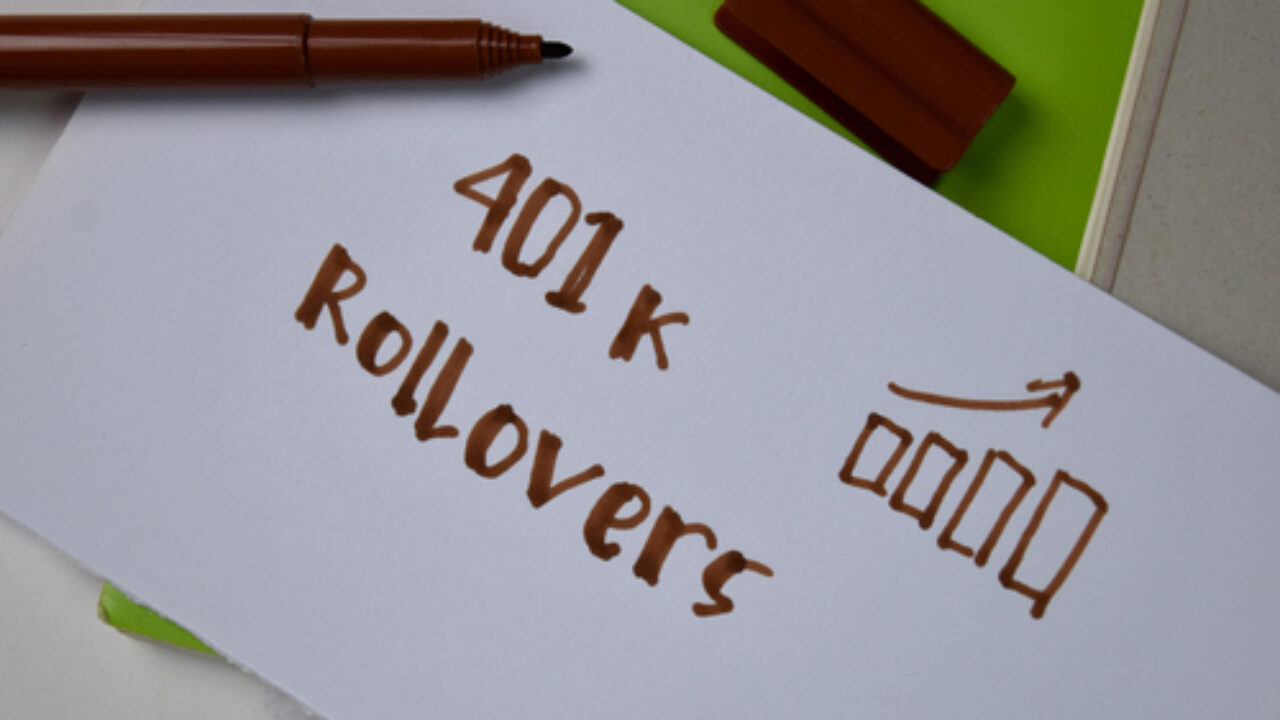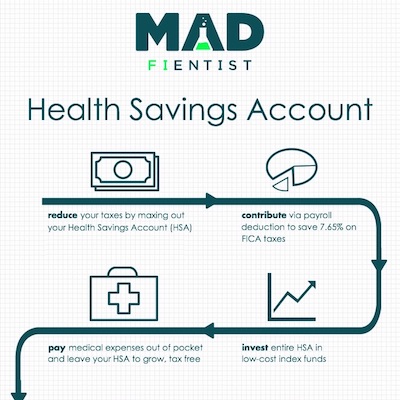However although the internal revenue service allows in service withdrawals it doesn t require companies to include provisions for these withdrawals in 401 k plans.
Roll over 401k into ira while still employed.
To roll after tax money to a roth ira earnings on the after tax balance must in most cases also be rolled out.
Most people roll over 401 k savings into an ira when they change jobs or retire.
Most people know that when you leave a job you can roll over 401 k funds into your own ira.
Rollover while you are still employed the in service distribution allows you to initiate a tax free trustee to trustee rollover into an ira while you re still employed offering advantages heading.
At first glance it may seem impossible to move your 401k funds into another type of account such as an ira.
Rolling over a 401k is relatively simple when leaving a job but you may be wondering if it can be done while you are still working for the same employer.
But what about a rollover 403 b to ira while you re still employed.
Depending on your plan s policies you might be able to make the rollover while you re still with.
Some 403 b plans will let you withdraw the fund balance while you re still working for the employer as an in service.
You can roll over your money when you leave your job but you can also move money while still employed by making an in service withdrawal.
What isn t popularly understood is that you also.
It s also possible that your company allows active employees participating in a 401 k plan to withdraw a portion of their plan s account balance upon request without demonstrating a specific financial need.
Such a rollover is often done when you leave an employer though many employers give you the option of keeping your retirement account with them.
Though the contributions were made after tax earnings on after tax contributions are treated as pre tax money.
But the majority of plans allow employees to roll over funds while they are still working.
Fortunately it may be possible.
Anyone can roll over a 401 k to an ira or to a new employer s 401 k plan when leaving a job.
Limited exceptions apply for hardship.



-page-001_tcm113-118061.jpg)










































:max_bytes(150000):strip_icc()/GettyImages-534599661-42322be5b1f047229707b9f8bbce84b5.jpg)